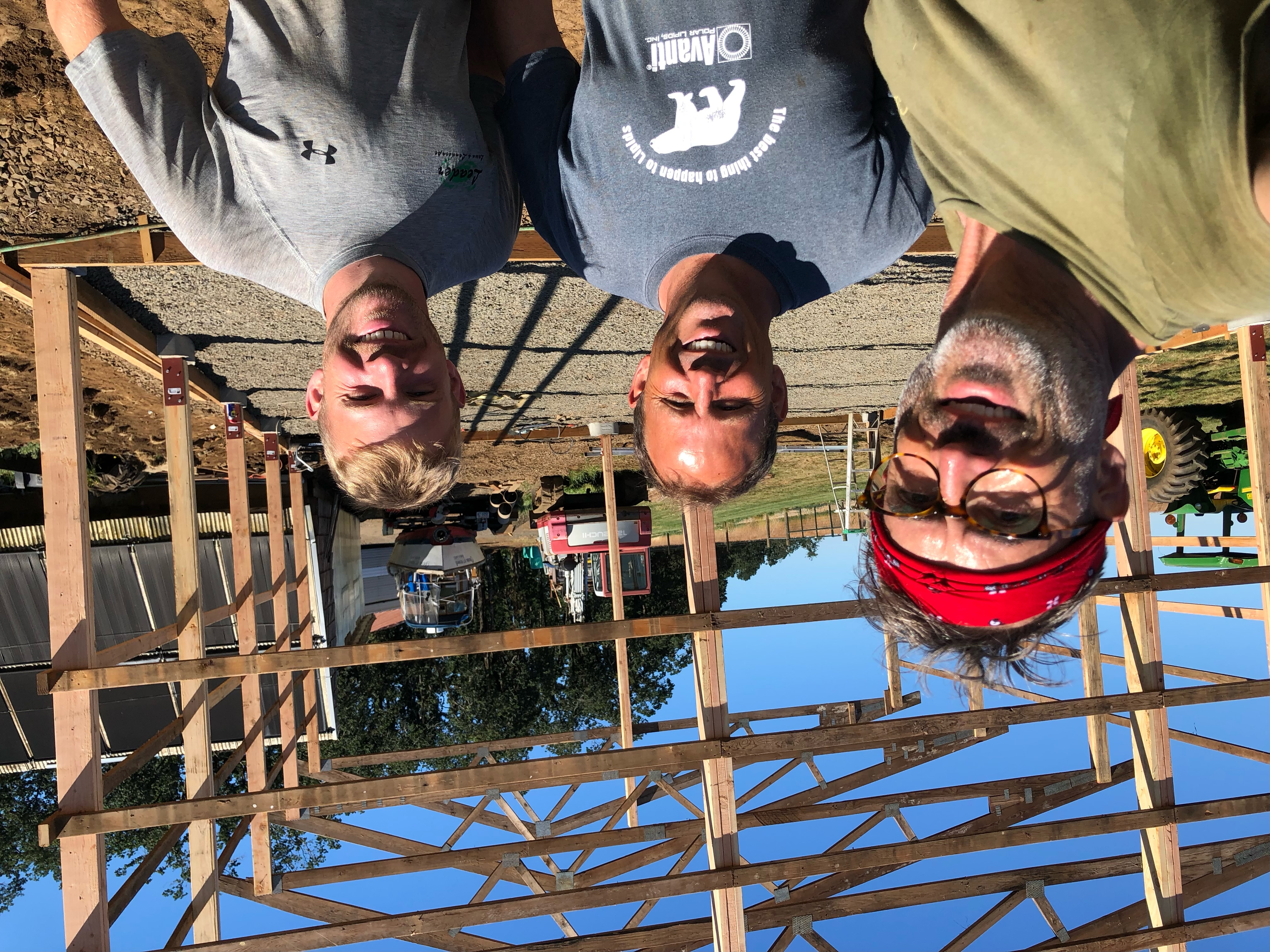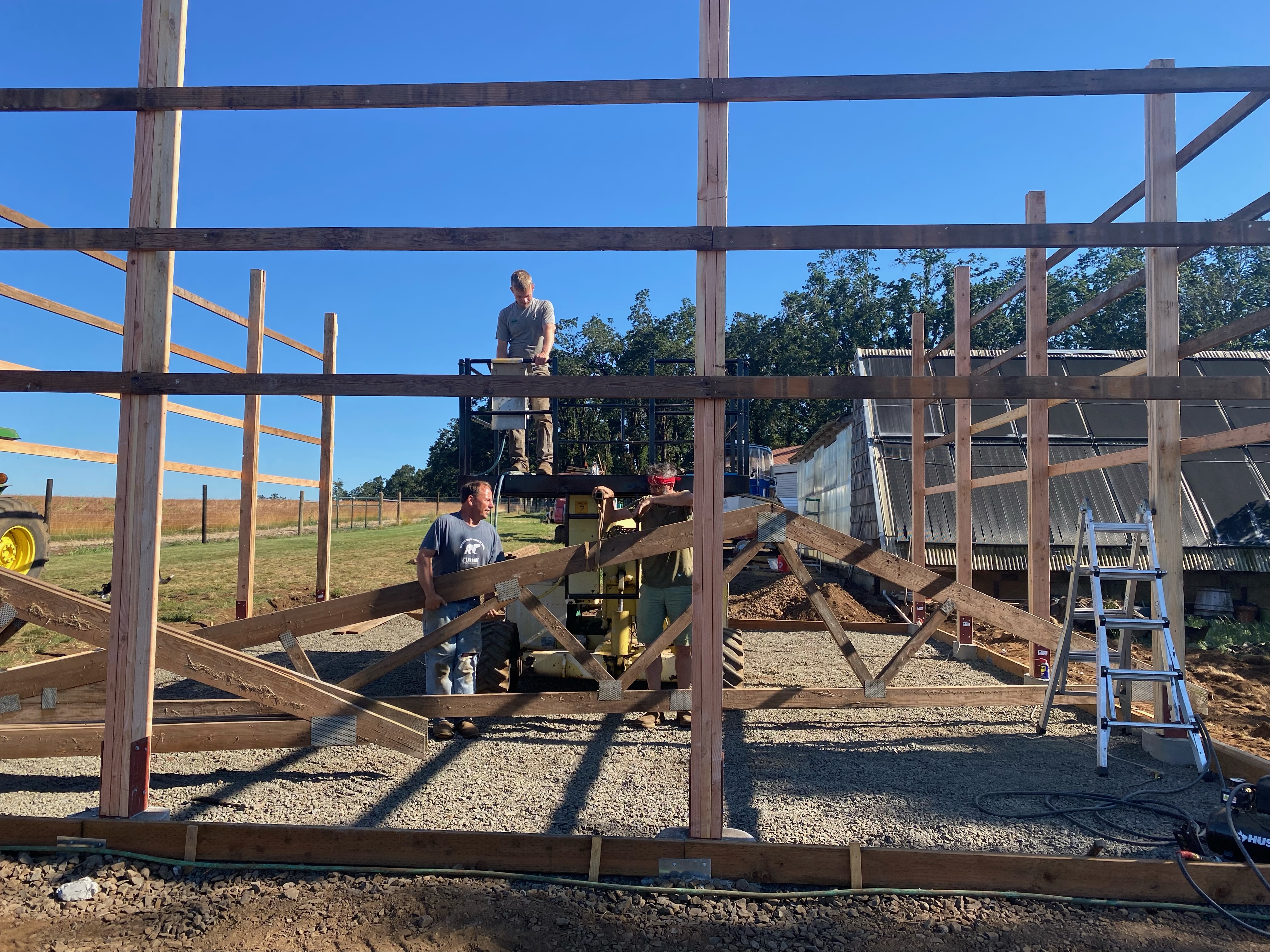I have anxiously awaited this edition of Wabash Magazine to read people’s feelings and ideas about “home.” I choose to define home by activities, relationships, and memories—far more than a particular building or place.

I have called many places home—on both coasts and in the Midwest—and have considered two places to be my home at the same time.
A consequence of defining home in this way is that I lack any sentimental feelings for the houses where Wendy and I have lived. This is considered pathological by many here in Crawfordsville where houses are identified more by the name of the owner than by the street address! Just around our campus we have the “Bill and Ginny Hays House” (413 Crawford Street), the “Manker House” (418 South Grant Avenue), and the “Ristine House” (606 West Wabash Avenue).
I believe the most important things about a home—the time spent with family and friends—are transferable from place to place. The stories I tell about the kitchen in my childhood home, including the one about the monkey who lived there for two years (ask me about it sometime), aren’t affected by the fact that someone else lives there now.
My approach to defining home is especially out of synch with most people’s concept of the “family farm.” This includes Wendy, whose view is shaped by her family’s experience with five generations continuously living in the same house and farming the same land.
Our son, Jake, is the fourth generation of our family to live on farms in Oregon’s Willamette Valley, though every generation has called a different piece of land the “family farm.”
The common thread that binds these separate pieces of land into the family farm is a common set of activities—raising livestock, grass seed, and hay—and experiences shared with family across generations. For example, by tinkering with a tractor purchased by my father 50 years ago, Jake has the old work-horse humming along on its third Feller farm.
Last summer Jake and I began working on a new barn. One of my oldest memories is of my father, grandfather, and cousin working together to build a barn on my parents’ land. It was the home for a flock of sheep that my dad, sister, and I have maintained for more than 50 years.

My dad and I built a second barn on that farm when I was a teenager. I was surprised last summer how much of that experience I was able to bring to our latest barn project.
This is the spirit in which I welcome people home to Wabash College. When the Class of 1973 returns for Big Bash in June, they will see that many of the buildings have changed and sprawling new student housing has grown along old Crawford Street. The doctors and scientists will wonder what happened to Waugh Hall. The Malcolm X Institute has moved from the north side of Wabash Avenue to the heart of campus. Independents will be blown away when they see an all-new Martindale Hall. Fraternity men will be looking for Sigma Chi and Tau Kappa Epsilon in all the wrong places.
This is, of course, a natural evolution of any college—of any home, for that matter.
But I hope it is obvious to everyone that the classroom experiences, the student-faculty relationships, and the brotherhood among our young men are the components of Wabash that will always endure. These are things that generation after generation of Wabash men and their families remember when they return. These are the things that make Wabash home to so many.